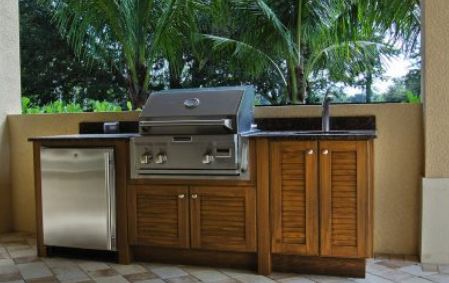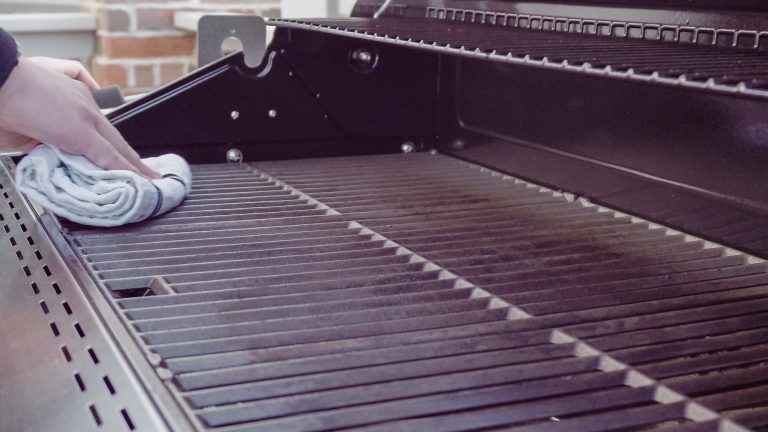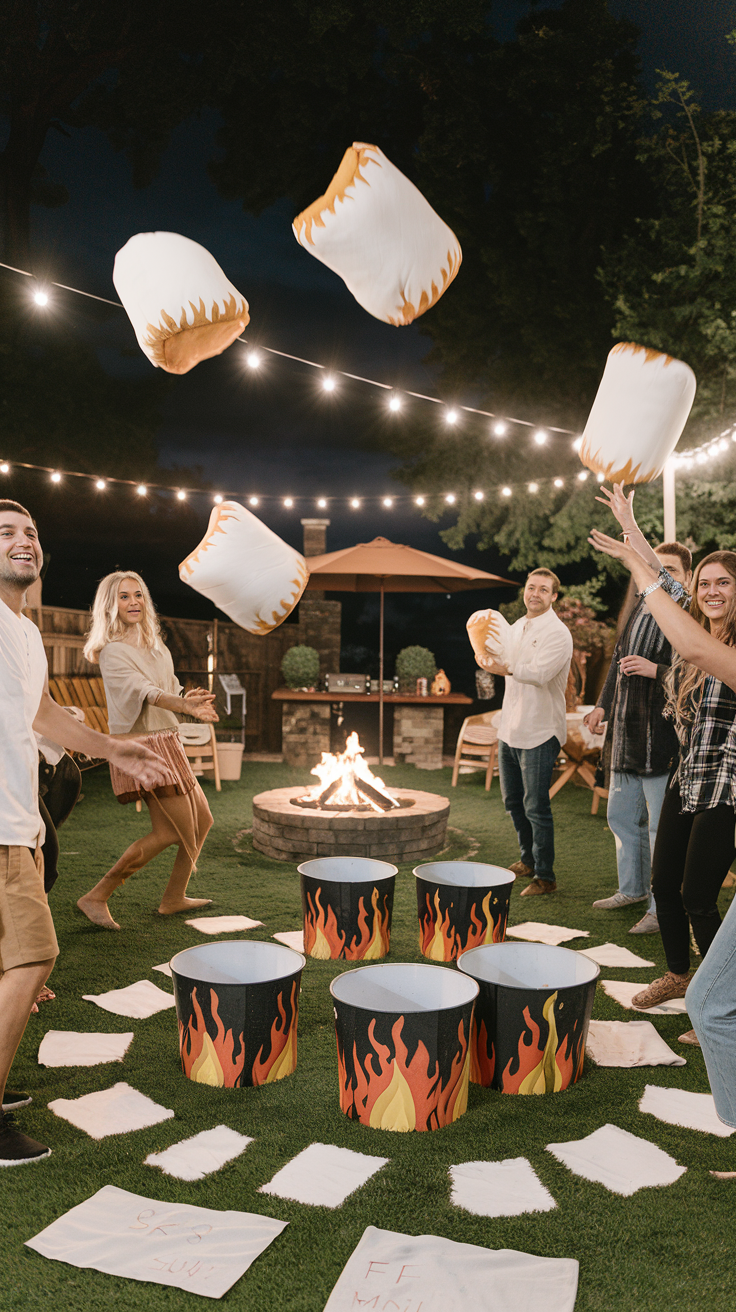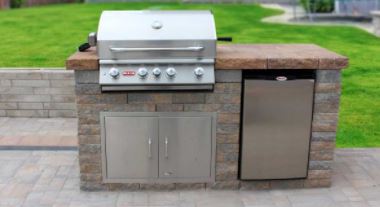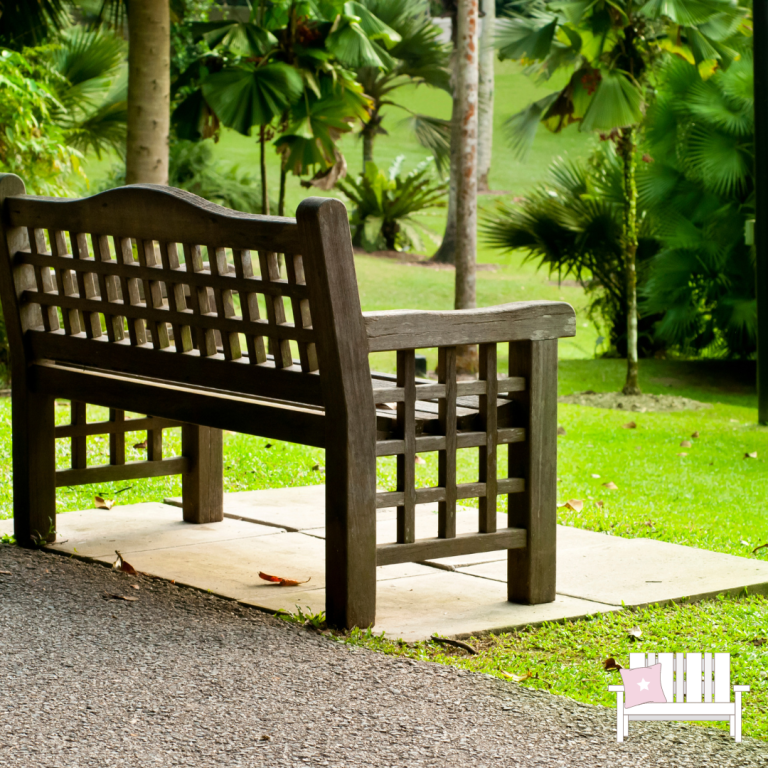Why Isn’t My Outdoor Fridge Cooling?
Why is my outdoor refrigerator not cooling?
It’s the day before the big game and you are checking your outdoor refrigerator for supplies and you find that the fridge is not getting cold.
Before you make an emergency service call, you can check these 11 reasons why your outdoor fridge or wine cooler may not be cooling. Then, check out our outdoor refrigerator troubleshooting guide at the bottom for some quick tips.
11 Reasons Why An Outdoor Refrigerator Isn’t Cooling
Fuse Blown, Circuit Breaker Tripped, Electrical Interruption
Since the last time you checked your outdoor refrigerator, an electrical event could have caused the fuse to blow or tripped your circuit breaker causing your unit to stop running.
When your home loses electricity, you’ll know why your refrigerator isn’t cooling, but sometimes your refrigerator resets and isn’t cooling properly. Naturally, it takes time for the food and drinks inside the refrigerator to cool down again, but refrigerators with control boards or a manual switch that the user sets may require your assistance if they’re not getting power.
Power Cord
Make sure the power cord is plugged into the socket fully.
It may seem stupid, but a startling number of people jump the gun without first checking to see if their refrigerator has power. Make sure the power cord is plugged into the socket fully.
Also make sure that the power cord is not frayed or has been gnawed on by critters. These situations can also interrupt the flow of electricity to the outdoor fridge.
Unit Placed in Direct Sunlight
Outdoor refrigerators are engineered to perform efficiently when the weather is between 40 degrees Fahrenheit and 100 degrees. Outside of this range, the outdoor fridge will struggle.
Placing an outdoor fridge in the sun will quickly heat the unit up well beyond 100 degrees. Even with the best stainless steel and insulation and the most efficient mechanical systems, an outdoor fridge will not be able to cool the interior to the proper temperature.
If your outdoor kitchen has space for an outdoor fridge under the counter, this will provide enough protection from the sun for the top of the fridge. You may have to shade the front of the refrigerator if the sun beats right down on it.
Thermostat Not Set Right
New outdoor refrigerators are typically pre-programmed at a mid-range refrigerator temperature of 36 to 40 degrees Fahrenheit, which is the ideal temperature range for keeping perishable goods safe. However, large items or other things might knock the thermostat dials or temperature control inside the fridge, changing the programmed temperature.
Even an external digital refrigerators thermostat can be altered accidentally or if someone leans against the control panel, boosting the temperature unknowingly. For this reason, many digital panels provide the ability to lock the settings. If necessary, return the temperature to a safe range.
Too Much Warm Product Put inside Fridge At Once
After a long winter of sitting idle, it is commonplace to want to restock your outdoor fridge with perishables and get going on your outdoor entertaining calendar.
However, if you fill the outdoor refrigerator with warm or room temperature foods all at once, it will take quite a while for the refrigerator box to cool down, especially if you are just turning the outdoor fridge on for the first time in a while.
You can avoid this problem by removing some of the food items until the fridge chills or let the fridge chill down first before adding food items in smaller groups.
Door Not Closing Properly
Check your outdoor fridge door (and drawers if you have an outdoor refrigerator drawer model) to make sure they completely close.
Doors and drawers are heavy and make become out of alignment causing cool air to escape and warm air to enter the compartment
Hinges and glides can also be the culprits for doors not closing completely.
If all else fails and you still think the door is not closing fully, you can insert a dollar bill halfway between the door and the refrigerator compartment. If there is resistance when you try and pull out the bill, then the door is sealed properly.
Door Gaskets Not Sealing
Outdoor refrigerator doors and drawers have heavy duty gaskets which seal when closed. An outdoor refrigerator door gasket can, however, become dry and brittle over time and allow air to escape from the interior of the fridge.
Check to make sure the outdoor refrigerator door gasket is functioning correctly, and if not, you should replace it yourself or hire an appliance repair service to do it if you aren’t handy.
Dirty Condenser Coils and Condenser Malfunction
Condenser coils are typically found beneath or behind an outdoor refrigerator. As refrigerant runs through them, they disperse heat. If the condenser coils are unclean, they will not adequately dissipate the heat. A refrigerator condenser outdoors will be subject to all kinds of debris and dirt.
The refrigerator gets less efficient when junk accumulates on the coils, forcing it to work harder to cool down. The refrigerator will not be able to maintain the optimum temperature if the coils are excessively filthy. Check the condenser coils to see whether they are dirty; if they are, clean them. Cleaning refrigerator coils should solve the problem with outdoor fridges.
Is the condenser fan running? If it is, you will hear it.
The compressor’s job is to compress the freon and force it into the condenser. If the compressor is running the refrigerator may have a malfunctioning sealed system. The compressor, evaporator, and condenser make up the sealed system. The condenser’s duty is to cool the gas after it has passed through the compressor.
If the compressor is functioning, the condenser may be blocked or a capillary tube connected to the condenser may have a small leak.
The evaporator is a critical component of the sealed system since it evaporates the freon to provide cooling. This is a repair job most suited for an appliance repair service, not a DIY repair.
Iced Over Evaporator Coils
The evaporator coil may be iced if your refrigerator is not chilling but the compressor is operating. You’ll have to defrost the coil if it’s covered with frost.
While you deal with this issue, move any food to another refrigerator or cooler. Remove the refrigerator from the power source and let the coils thaw for 48 hours, checking halfway through. Reconnect the refrigerator after 48 hours.
Air Flow Blocked
Cool air must circulate inside the outdoor refrigerator for food items to be chilled evenly throughout.
Examine the inside of the refrigerator box for any food that may be blocking the cold air vent. Large boxes or bags could have been placed in front of the vents by accident, preventing cool air from entering the unit. Remove those things off the shelf or move them to a different shelf.
Air flow may also be blocked if the refrigerator is overfilled and air cannot circulate. This is particularly found in fridges with glass shelving more so than metal shelving. Allowing air to circulate throughout the outdoor fridge will help keep the unit cooled to the proper temperature.
Undercounter outdoor fridges are built with front vent panels so you can easily check to make sure the vents aren’t blocked outside, limiting air flow. Freestanding units should have gaps around the outside so air can flow out and away from the unit in your outdoor space.
Unlevel Unit
If your outdoor fridge is unlevel, the doors or drawers may not seal properly. These are heavy items and will not close completely if out of level.
Troubleshooting Summary
| PROBLEM | CAUSE MAY BE DUE TO | POSSIBLE FIX |
| Compressor isn’t running | Blown fuse or tripped circuit breaker. | Circuit breakers need to be reset or fuses need to be changed. |
| Cord is unplugged. | Power cord plugged in completely. | |
| Outdoor fridge thermostat set at too high a temperature. | Lower temperature on thermostat. | |
| Condenser keeps on running. | Outdoor fridge has too much warm product. | Wait until food products cool down. |
| Door is open or opened and closed too often. | Keep door closed when not actively using fridge. Close door immediately after use. | |
| Poor seal on door gasket. | Make sure gaskets are set completely. Clean debris off gaskets. | |
| Condenser coil is dirty. | Condenser coil should be cleaned of dirt and debris. | |
| Frosted over evaporator coil. | Unplug outdoor fridge and wait for the coil to thaw. Thermostat should be reset so not too cold. Check door gaskets are sealing fully. | |
| Inside refrigerator temperature is too warm. | Thermostat set too high. | Lower thermostat temperature. |
| Air flow is blocked. | Remove food items to allow for efficient air flow if fridge is overfilled. | |
| Too much warm food put in outdoor fridge at once. | Wait until outdoor refrigerator cools down food completely. | |
| Electrical interruption | Plug in refrigerator, reset the circuit breaker, replace fuse | |
| Condenser coil is dirty | Thoroughly clean condenser coil | |
| Door opened and closed too much or door kept open | Keep door shut when not in active use or minimize opening frequency. | |
| Iced over evaporator coil | Frosted over evaporator coil.Unplug outdoor fridge and wait for the coil to thaw. Thermostat should be reset so not too cold. Check door gaskets are sealing fully. | |
| Noisy outdoor fridge | Loose components | Find and tighten loose parts. |
Remember that indoor fridges and a dorm mini fridg aren’t engineered to work outside. Each is engineered to work in an environment where temperatures stay between 65 and 75 degrees Fahrenheit.
When in doubt with electrical appliances, consult the owners manual or call an appliance repair company to fix refrigerator, ice maker, or to replace the refrigerator if it is beyond repair.

